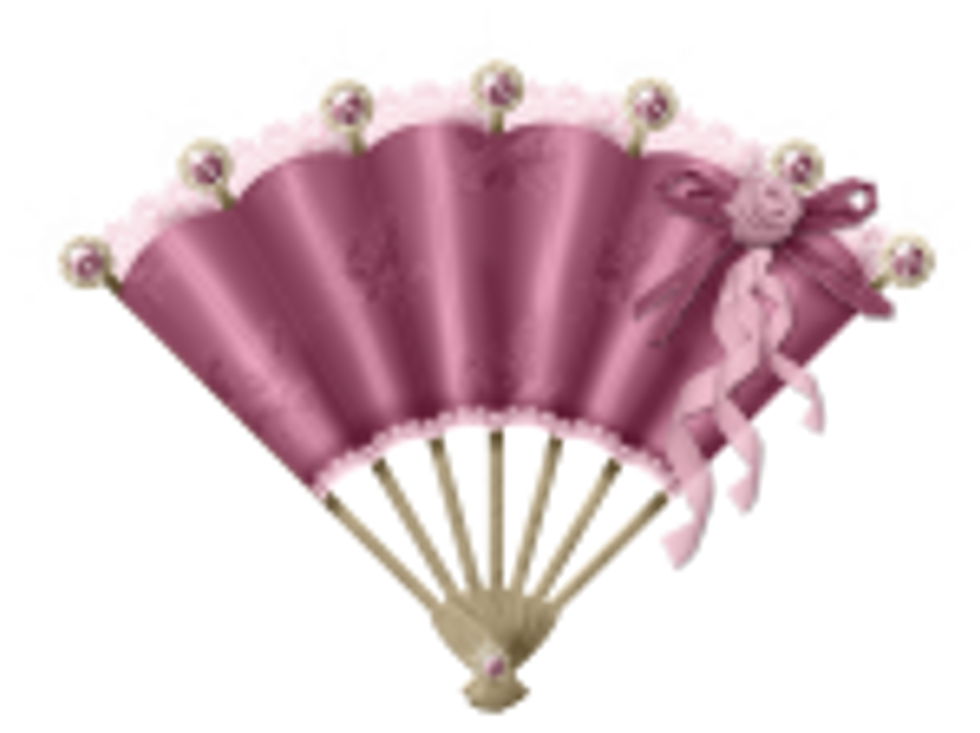Panel preview: Fashion is Hope Greenberg’s passion
- Jennifer Abella

- Apr 13, 2016
- 4 min read
Updated: Aug 31, 2020

Every year, one of our most popular discussions revolves around Regency fashion. This year we’re excited that Regency fashion enthusiast Hope Greenberg will lead our talk. We chatted with Greenberg about her least favorite Regency accessory, Jane Austen and more.
Can you tell us a little of your background? I grew up in New York but Vermont has been my chosen home for the last 25 years. I began as a music major but my degrees are in humanities (music, literature, history) and history (19th-century material culture and literature). I have been at the University of Vermont for 25 years, more recently at the Center for Teaching and Learning, where I explore ways to integrate technology and teaching. I am especially interested in the area of digital humanities. I’m not sure why, but this decidedly mixed background, with no work in theatrical costuming or professional sewing, turns out to be the perfect combination for studying historic clothing!
How did you first become interested in Jane Austen? When I was quite young, my older sisters discovered the works of Georgette Heyer. Not wanting to be left behind, I started reading them, too. By the time I found Jane Austen I was ready to be hooked. A couple college courses also helped for thinking “beyond the plots” and to taking a variety of approaches to her works. And as always I was fascinated by aspects of material culture that were expressed, or in even more cases, not expressed.
What made you really delve into Regency-era fashion, costumes, etc? I’m going to invoke Heyer once again. Unlike Austen, she assumes that we do not have an inhabitant’s knowledge of the time period, so she provides detailed descriptions of the clothing worn by her characters. Given the dearth of historic clothing information available at the time Heyer was writing (1920s-1960s), her research and accuracy are impressive.

I came to Regency fashion by a somewhat indirect route, first making the occasional costume, then researching and creating 15th-/16th-century clothing for my madrigal group to wear, then adding earlier-century clothing for local reenactment events. I never lost an interest in early-19th-century clothing but didn’t have a particular reason to make any actual garments until I discovered English Country Dance. One must have a gown to wear to a ball, after all! Dancing in these gowns (and corsets) begins to give you, to borrow Henry James’s term, a sort of “felt life” experience.
In attempting to reproduce specific gowns, I discovered that the variety, and evolutionary aspects, of women’s clothing between 1790-1825 went far beyond the “high waist, puff sleeves” generalities. Collecting over a thousand images of British, French and American clothing of the period and creating a wardrobe of a dozen or so gowns still haven’t exhausted my fascination with this period. This seems to be a never-ending source of joy — as soon as one makes assumptions or conclusions about specifics, another image or gown appears that calls those into question.
Three words to describe Regency-era clothing? Women: columns, sylphs, white. Men: thighs, tailoring, shirts.

What are some of the aspects of fashion you’re hoping to cover in your program? General information about this time period is now widespread, with several overviews and many summaries available. The field of historic clothing study is developing in leaps and bounds aided by the publication of museum images of extant clothing as well as online facsimile editions of period magazines. But there are still many “everybody knows” myths — the web is good at perpetuating those as well — and there are many fashion nuances that Austen and her readers would have understood that are not obvious to us. So, I’d like to explore several questions, tackle some of those “everybody knows” beliefs (especially those that show up in film adaptations), and, I hope, satiate the quite understandable desire to immerse ourselves in the fashions of Austen’s lifetime. We may even have time to tackle a fashion mystery.
What do you think was the must-have fashion accessory for a Regency lady? Headwear. Whether it is a day cap, a turban, a bandeau, a hat, or a bonnet, some form of head covering was worn by most women throughout Austen’s lifetime. Adding some headwear to your wardrobe makes an immediate impact both on how you look and how you perceive the world around you.

What’s your advice for someone who is thinking of getting Regency dress for the ball or any other Jane Austen event? First and foremost: Go for it! Whether you call it “playing dress-up” or “researching the past through experiential living,” the music and dancing of a period ball is a treat. Finding a gown with enough fullness in the skirt to provide a bit of swish, and adopting the posture and movement of the elegant lady or gentleman are all that are necessary. Your addiction to silks, muslins, shifts, corsets, reticules, shawls, bonnets, hats, cravats, breeches, waistcoats, demi-boots, and so on, can come later!
What are you most looking forward to at the Jane Austen Summer Program this year? Last year was the first time I had attended JASP. It was such a stimulating mix of people and topics brought together in congenial surroundings. Austen’s writing has been called timeless and can certainly be read as such. For those of us who want to know more about the very specific time and place and attitudes that she does not explain, there is much digging to be done. I’m most looking forward to doing some of that “digging” with other conference participants.








Comments